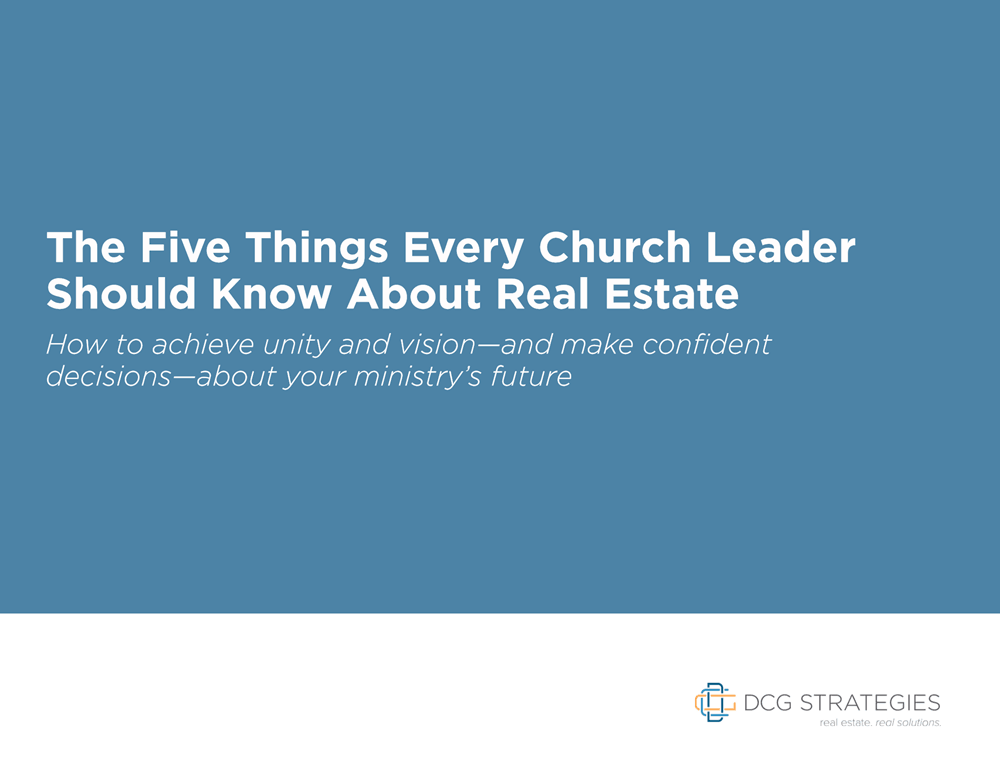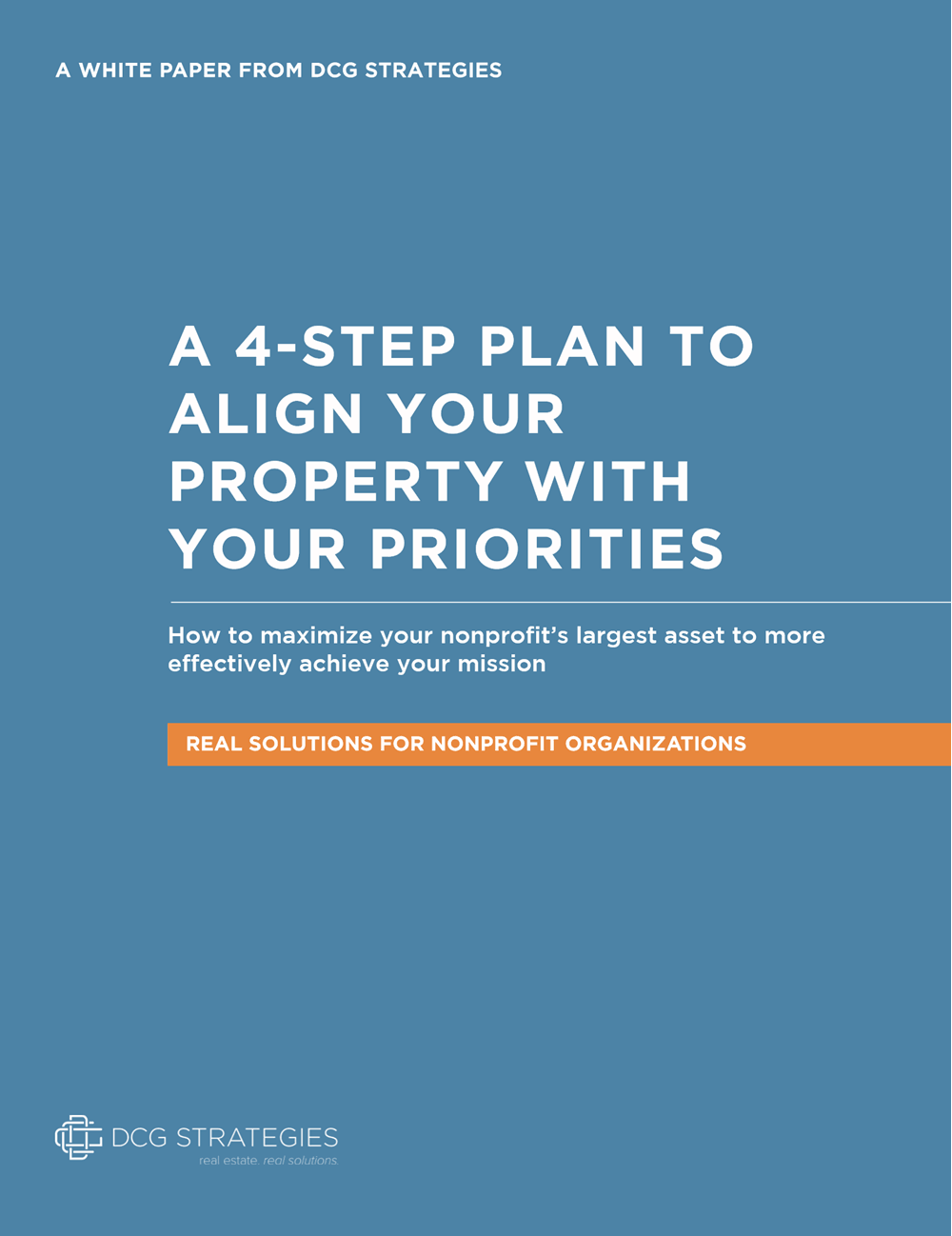It pays not to avoid the opposition. NIMBY campaigns can be intense and highly organized.
Image source: Flickr CC user photohiro
It is not uncommon these days for developers to face opposition. Word gets out that a new subdivision or a department store is planned and opponents come out of the woodwork. Rumors become whispers and whispers become shouts echoing off the walls at City Hall.
“Too many cars!”
“Too many tax breaks!”
“Too many people!”
“The neighborhood will be destroyed!”
These are some slings and arrows commonly hurled at projects. In some cases, the neighbors have a legitimate complaint. Sometimes a project really is too large or doesn’t fit with the zoning. The frustrating fact, though, is that controversial projects often do fit, but they’re controversial nonetheless. The project may conform perfectly with the zoning. The project may provide a needed service, such as a grocery store or affordable housing. It may bring jobs and taxes to a struggling area. It may do all these things and still fail because a dedicated group can convince local politicians that it’s not politically wise to support it.
NIMBY Attitudes Are Strong and Can Be Damaging
The not-in-my-backyard (NIMBY) attitude is strong in America. Groups have become highly sophisticated at killing projects. Public opinion also tends to run against the developer. The Saint Consulting Group, which specializes in representing parties in land-use fights, found in a 2011 national survey that 78 percent of Americans want nothing new built in their communities. A slightly smaller percentage, or 64 percent, were deeply suspicious of the relationship between politicians and developers. Even when a developer hasn’t met the city leaders, people tend to think the fix is in.
NIMBYism has even taken hold in places where community activism wasn’t once that strong. In Houston, for example, neighborhoods have organized against a high-rise project and a Wal-Mart, among other projects. They have commenced letter-writing campaigns and staged protests.
These attitudes run particularly strong in California. In a 2013 Los Angeles Times opinion piece, for example, a housing analyst pointed out that several worthy projects in the L.A. area had to be scaled back because of opposition. Groups waged a successful campaign against a developer of a West L.A. project near the metro line. He was eventually forced to dramatically scale back a proposal for 600 homes and 160,000 square feet of retail. L.A., the analyst pointed out, has a severe shortage of affordable homes.
Perhaps the classic example of NIMBYism, however, involves proposed wind farms. Everyone loves wind power, except when it is close to home. A University of California Santa Barbara study found that an overwhelmingly number of people favor wind projects in concept, but these projects almost always face stiff opposition when they are proposed in a specific area.
Developers Need to Face NIMBY Campaigns Head-On
The key point in all of this is that developers should be prepared to face NIMBY opposition, even when they think they have an air-tight project. The opposition can be intense and highly organized. It can set back a project’s timeline and cause significant additional expense in studies and project revisions.
Developers, however, can help themselves by not making a bad public relations situation worse. The worst thing to do in a land-use fight is to ignore the opposition. Turtling up and refusing to engage with the public and the media is not a good strategy. Developers also do themselves no favors by showing a thin skin. Developers are often more than willing to chat with reporters about the number of jobs and tax revenues that the project will bring, but are far less willing to explain why they need tax breaks and abatements. It’s important to get talking.
Two Roads, Two Outcomes
Opponents are now using various tools to fight projects. They are posting on Facebook and Twitter. They are calling the local reporters. Often these fights are framed as the fat-cat developer vs. the little guy fighting City Hall. Developers can fight back with facts and information. A company can also use social media to make a case and provide a steady flow of accurate information about a project to the media. Thow up at forums and give presentations and make themselves available whenever possible. They can make sure they have a seat at the forum.
Let’s not forget that the developer usually believes strongly in the project and can make a good case for it. An experienced real estate consultant that is familiar with land-use issues can also help in putting together a solid defense. Developers may not be able to convince the hard-core opponents of a project, but they may be able to prevent an opposition campaign from destroying what would be a good project for a community.
If you are searching for the ideal property for a specific land use, you don’t have to go it alone. You can get a thorough analysis of the market with all the available options from a consultant whose community values align with your own. Contact DCG Real Estate today to learn more.





